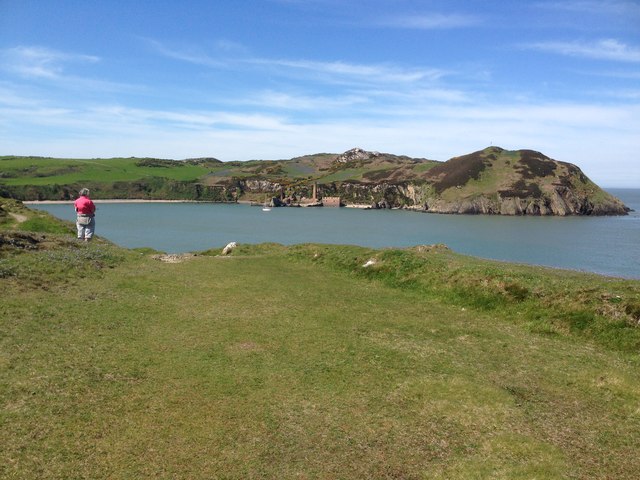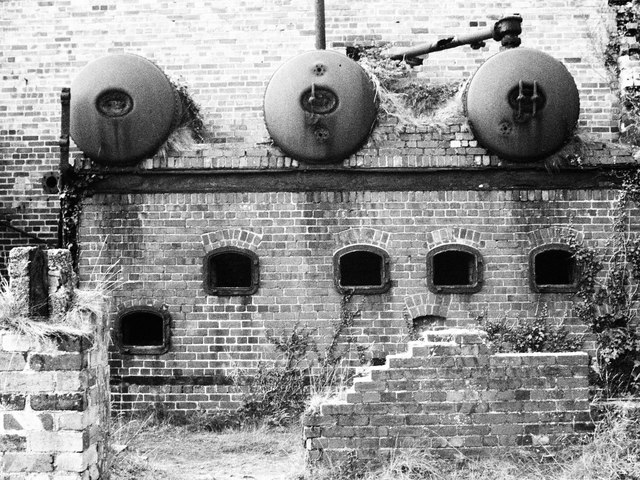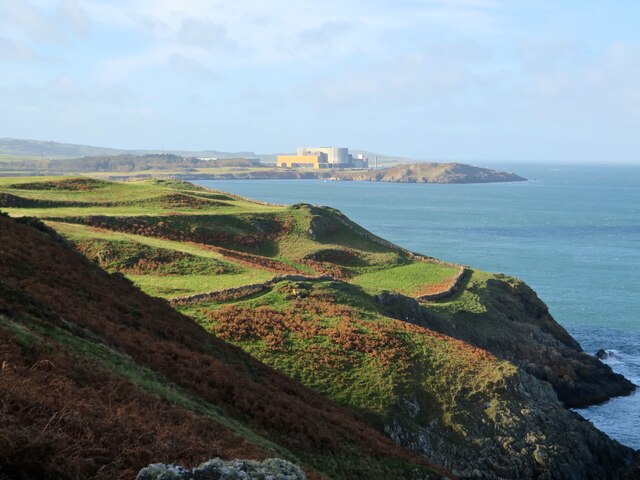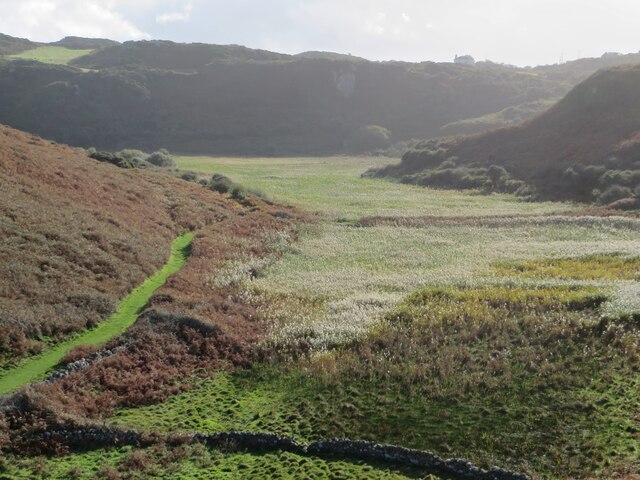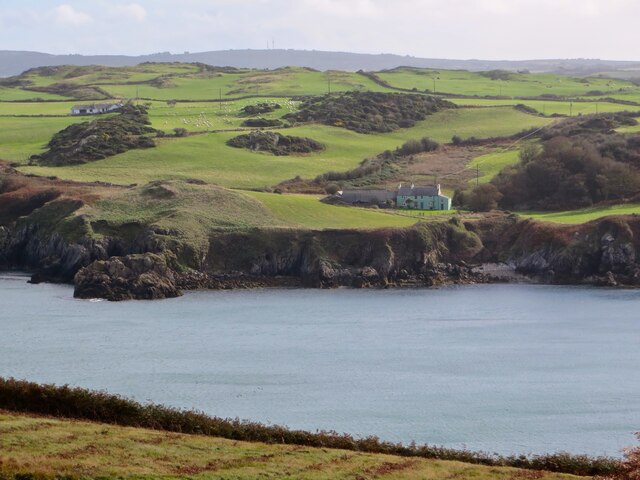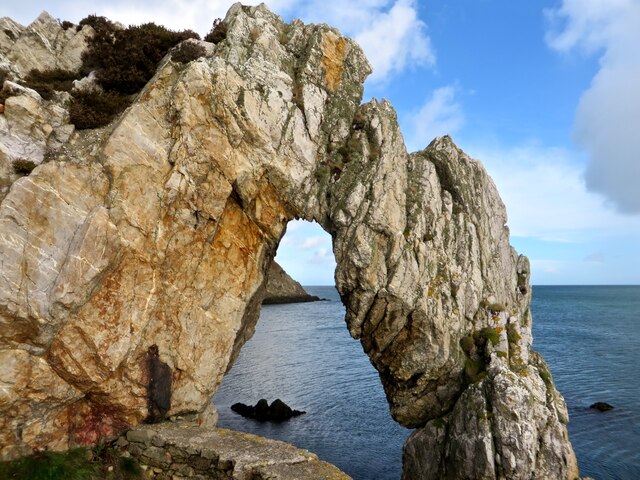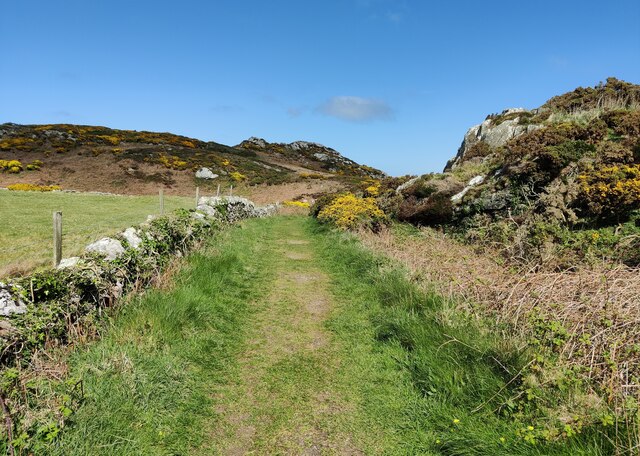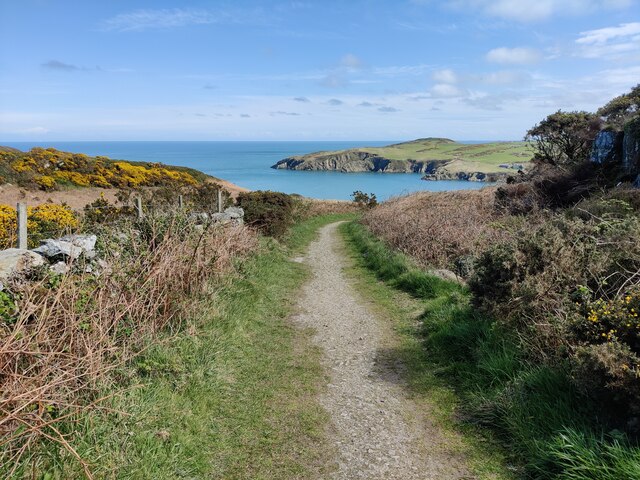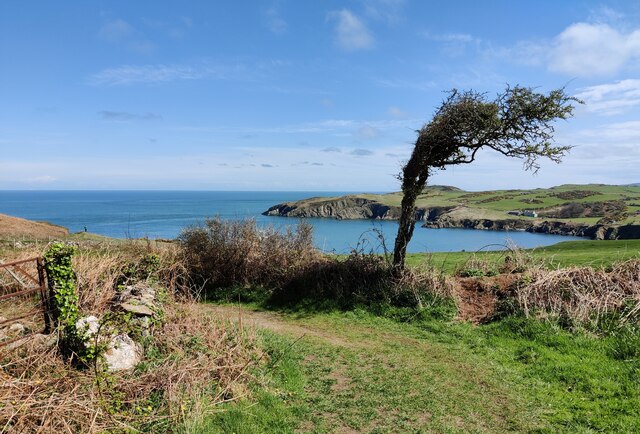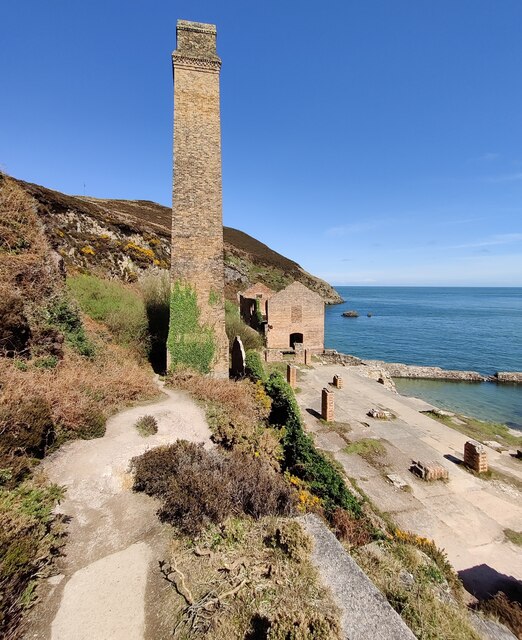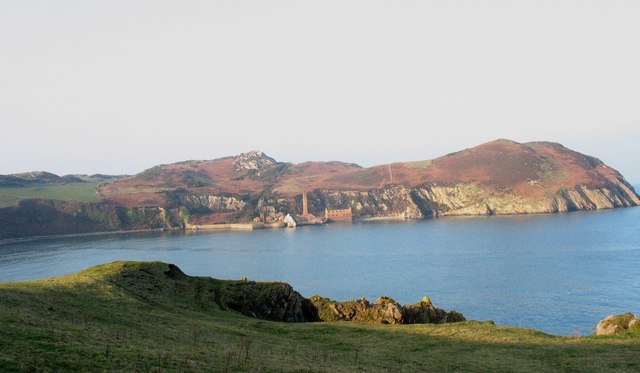Betws
Settlement in Anglesey
Wales
Betws
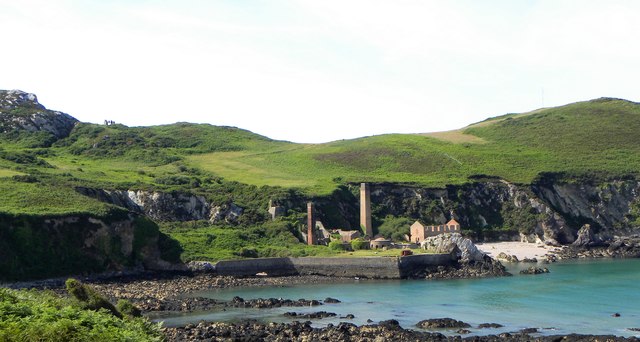
Betws, Anglesey, is a small village located on the Isle of Anglesey in North Wales. Situated approximately 10 miles south of Holyhead, it is nestled in a rural setting surrounded by picturesque farmland and rolling hills.
With a population of around 700 residents, Betws offers a tranquil and close-knit community atmosphere. The village is characterized by its quaint and charming traditional Welsh cottages, many of which date back several centuries. The local architecture is a testament to the area's rich history and cultural heritage.
Betws is known for its beautiful natural surroundings, making it an ideal destination for outdoor enthusiasts. The nearby Cefni Reservoir and surrounding woodlands provide ample opportunities for hiking, cycling, and birdwatching. The village is also home to a number of farms, where visitors can experience the agricultural traditions of the area and sample local produce.
Despite its small size, Betws is well-served by amenities. The village boasts a primary school, a community hall, and a local pub, providing a focal point for social gatherings and events. The village also benefits from good transport links, with regular bus services connecting it to neighboring towns and villages.
Overall, Betws, Anglesey, offers a peaceful and idyllic setting for those seeking a retreat from the hustle and bustle of city life. Its natural beauty, historic charm, and close-knit community make it a hidden gem within the stunning landscape of Anglesey.
If you have any feedback on the listing, please let us know in the comments section below.
Betws Images
Images are sourced within 2km of 53.414702/-4.4173632 or Grid Reference SH3993. Thanks to Geograph Open Source API. All images are credited.

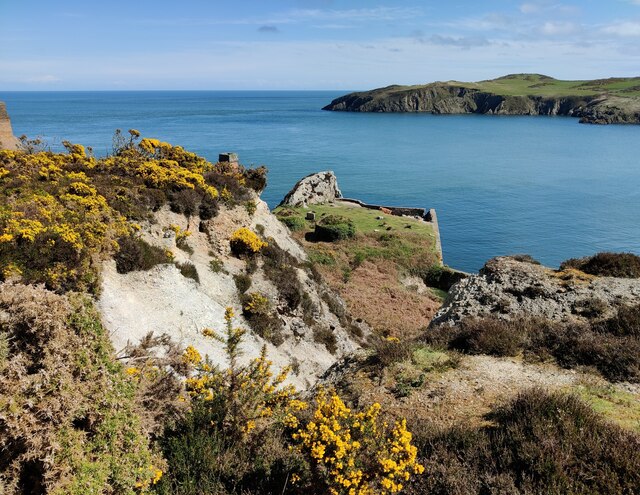
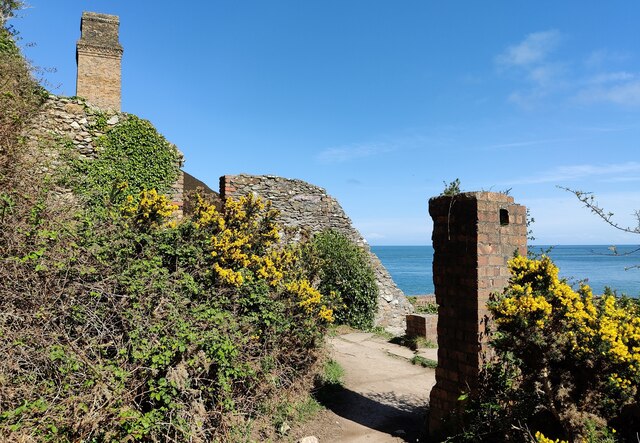


Betws is located at Grid Ref: SH3993 (Lat: 53.414702, Lng: -4.4173632)
Unitary Authority: Isle of Anglesey
Police Authority: North Wales
What 3 Words
///hobby.blizzard.craziest. Near Cemaes Bay, Isle of Anglesey
Nearby Locations
Related Wikis
Porth Wen Brickworks
Porth Wen Brickworks first built by Charles E Tidy, is now a disused Victorian brickworks which produced fire bricks, made from quartzite (silica) used...
Torllwyn
Torllwyn is a headland in Angelsey, Wales, approximately 2.5 kilometres (1.6 mi) ENE of Porthllechog. == See also == Media related to Torllwyn at Wikimedia...
Llanbadrig - Dinas Gynfor
Llanbadrig - Dinas Gynfor is a Site of Special Scientific Interest (or SSSI) in Anglesey, North Wales. It has been designated as a Site of Special Scientific...
Cemais (Anglesey)
Cemais was one of the three medieval cantrefs on the island of Anglesey, north Wales, in the Kingdom of Gwynedd. It lay on the northern side of the island...
St Peirio's Church, Rhosbeirio
St Peirio's Church is a small disused medieval church, in Rhosbeirio, Anglesey, north Wales. It is unclear when a church was first established on this...
St Padrig's Church, Llanbadrig
St Padrig's Church is a medieval church in the village of Llanbadrig, Anglesey, Wales. The building probably dates from the 12th century and underwent...
Llanbadrig
Llanbadrig is a village and community (and former electoral ward) in Anglesey, Wales. The parish includes the township of Clygyrog, Tregynrig and the port...
Werthyr standing stone
The Werthyr standing stone is a standing stone located to the west of Amlwch, Anglesey, Wales. It is around 3.1 metres (10 ft) tall. == History == The...
Related Videos
Cemaes Bay Fly Over
A quick drone trip over Cemaes Bay from Gladys Campsite.
Nearby Amenities
Located within 500m of 53.414702,-4.4173632Have you been to Betws?
Leave your review of Betws below (or comments, questions and feedback).
